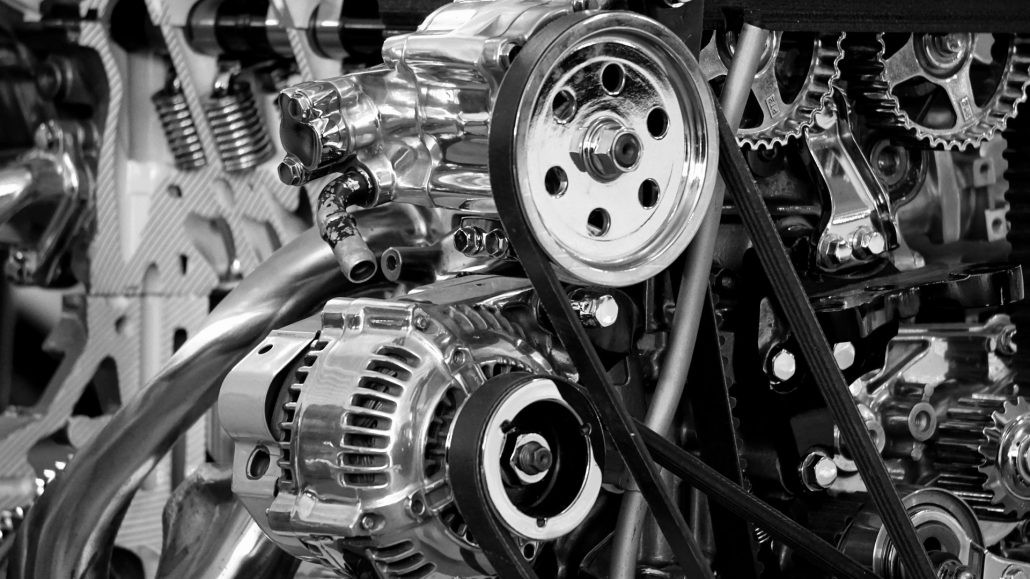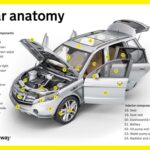Being involved in a car accident is a stressful event, and dealing with the aftermath, especially car repairs, can be overwhelming and costly. Many car owners rely on their vehicles daily, making quick and efficient repairs essential to resume their normal routines. However, the expense of auto repairs, particularly after a collision, can quickly escalate into thousands of dollars. Everyone wants quality service at a reasonable price, which is why reputable auto body repair shops, like ours, offer various part options to suit different needs and budgets.

Understanding the terminology and differences between car part types can initially seem confusing. However, repair professionals aim to provide transparency and choices, ensuring customers receive the best possible value and service. Let’s break down the common types of car parts and what each signifies for your vehicle repair.
Understanding OEM Car Parts
OEM stands for Original Equipment Manufacturer. These parts are produced by the same manufacturer that built your car or the specific component in question. Opting for OEM parts means choosing components designed and built to the exact specifications of your vehicle. The primary advantage of OEM parts is their guaranteed quality and reliability, ensuring optimal performance and fit as they are identical to the original parts. Generally, reputable collision repair centers can readily source genuine OEM parts for most car brands, unless you drive a very rare or obscure vehicle. The main consideration with OEM parts is that they typically come with a higher price tag. However, for many vehicle owners, the assurance of quality and perfect compatibility justifies the investment in OEM components.
Exploring Aftermarket Car Parts
Think about replacing a lost or broken phone charger. Do you always purchase directly from the phone manufacturer, or do you consider more affordable, yet functional alternatives? Choosing aftermarket car parts is similar to opting for that cost-effective phone charger. Numerous third-party companies specialize in manufacturing parts for a wide array of vehicle makes and models. Rest assured, finding an aftermarket part for virtually any car is generally not an issue. These parts aim to be comparable in function to OEM parts, but since they aren’t manufactured specifically by your car’s brand, there may be slight variations in terms of longevity or exact specifications. The significant benefit of aftermarket parts is their lower cost compared to OEM options, making them an attractive choice for budget-conscious consumers seeking to save money on car repairs.
The Benefits of Used Car Parts
For those seeking original manufacturer quality at a reduced price, used, second-hand, or recycled car parts present an excellent solution. These parts are genuine components sourced from vehicles that have been totaled or specifically dismantled for parts. Used car parts can offer a compelling combination of reliability akin to OEM parts and affordability comparable to aftermarket options. Provided that a trustworthy collision repair center handles the installation, ensuring proper fitting and functionality, used parts can be a smart and economical choice. Furthermore, utilizing recycled car parts is an environmentally responsible practice, contributing to sustainability efforts within the automotive industry.
At Chaney’s Collision Centers, we offer a comprehensive range of car part options, including OEM, aftermarket, and used car parts, to cater to diverse customer needs and budgets. We are committed to providing tailored quotes and services to ensure you receive the best possible value. Contact us today at (623) 915-2886 for an estimate or utilize our convenient online estimation form to discuss the most suitable repair options for your vehicle.
